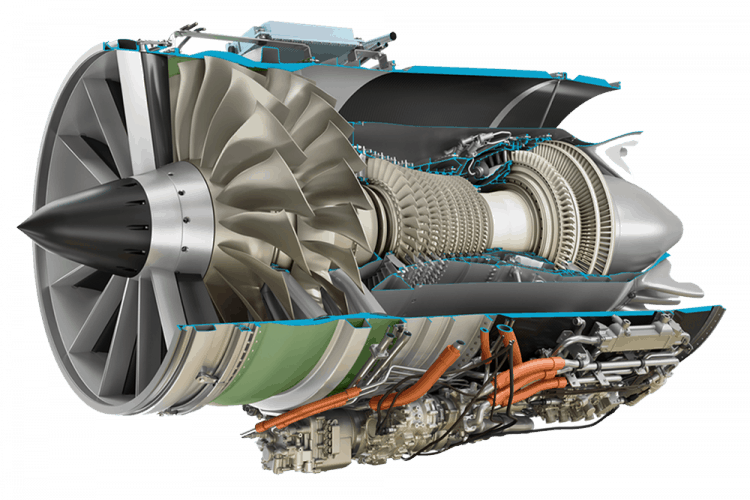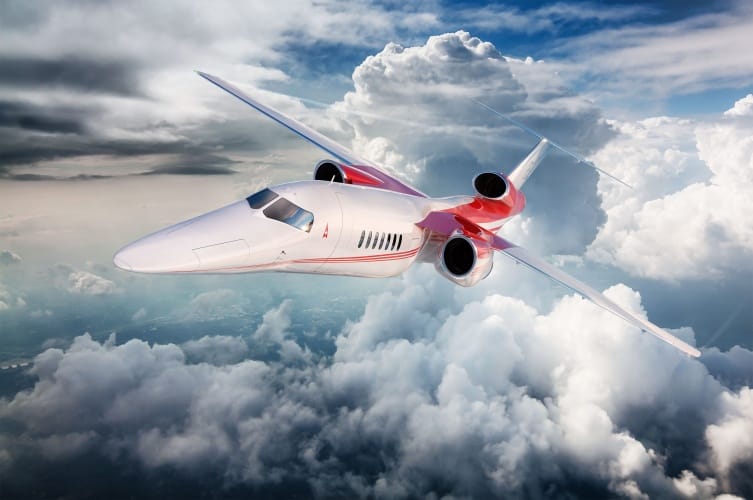
Based on technology already well established in existing civil aircraft, the Affinity engine has been developed specifically for the Aerion AS2, a supersonic business jet designed to reach speeds of Mach 1.4. While Aerion had initially partnered with Airbus on the AS2 project, the European company was replaced by Lockheed Martin almost a year ago. Lockheed’s Skunk Works team has since been working on the airframe, while GE has been finalising the design of the first supersonic civil engine since the retirement of Concorde.
https://www.theengineer.co.uk/lockheed-martin-supersonic-as2/
According to GE, Affinity is a twin-shaft, twin-fan turbofan controlled by a Full Authority Digital Engine Control (FADEC) system. It is optimised for supersonic flight over water and subsonic flight over land, and designed to meet Stage 5 subsonic noise requirements as well as current emissions standards. GE claims Affinity will have an operational ceiling of 60,000 feet and the highest bypass ratio of any supersonic engine. Its combustor features advanced coatings for sustained high-speed operation, while additive manufacturing has been employed to optimise weight.
“In the last 50 years, business aircraft speeds have increased by less than 10 per cent,” said Brad Mottier, GE vice president and general manager for Business and General Aviation & Integrated Services.
“Instead of going faster, cabins have increased in size and become more comfortable - and range has become longer. With large, comfortable cabin, long range aircraft in the marketplace, the next step is speed . . . made possible with GE’s Affinity.”

Following a two-year preliminary study, GE and Aerion began the initial design phase for the engine in May 2017. The next design review is targeted for 2020, marking the start of detailed design and testing. Aerion partners GE and Lockheed were joined earlier this year by Honeywell, which is working on advanced cockpit systems for the AS2. Although business travel is the current goal, Aerion believes its supersonic technology will be rolled out across the wider civil aviation market over time.
“Our mission is to enhance global mobility with supersonic speed, starting with business aviation, and following with successively faster and larger designs for business and commercial aviation,” said Aerion CEO Tom Vice. “GE Aviation is making this new efficient, sustainable supersonic era possible through its pioneering work on the Affinity engine.”




Nanogenerator consumes CO2 to generate electricity
Nice to see my my views being backed up by no less a figure than Sabine Hossenfelder https://youtu.be/QoJzs4fA4fo